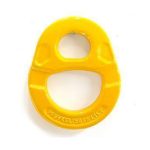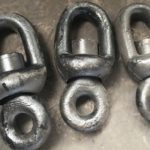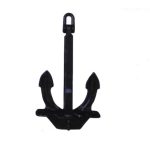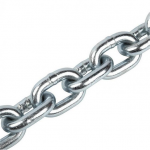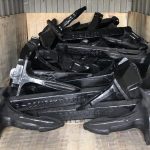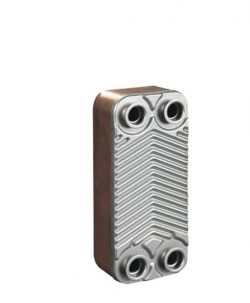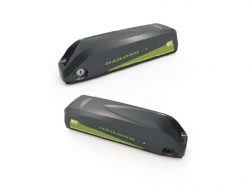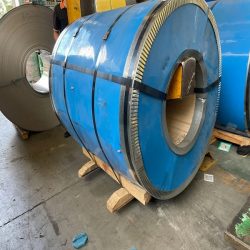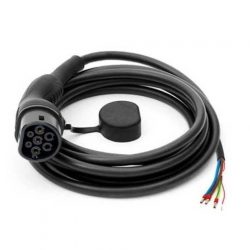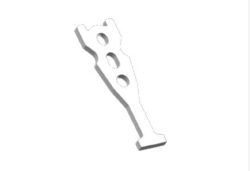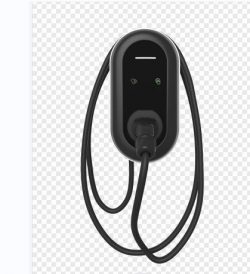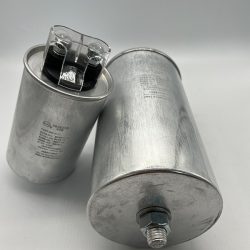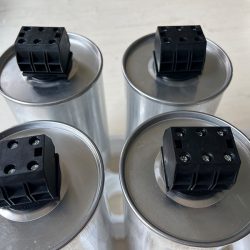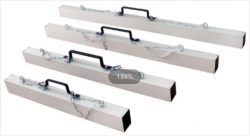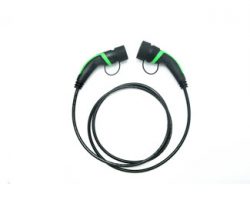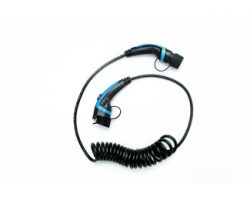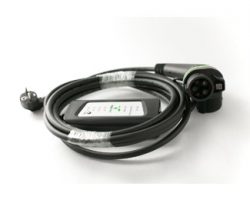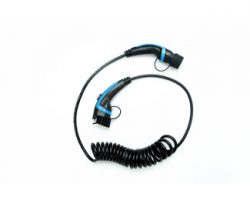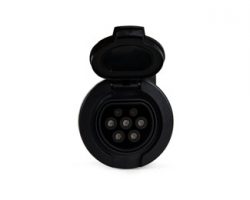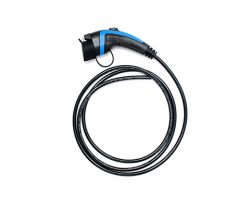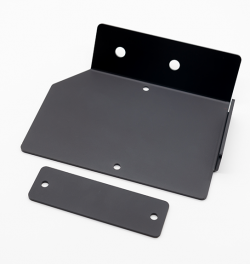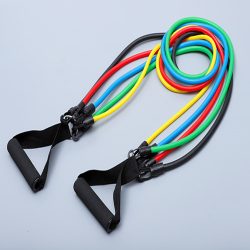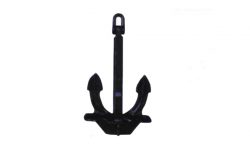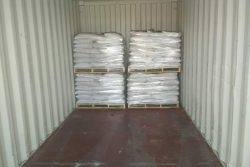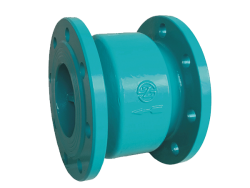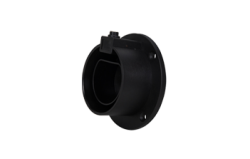Hall Anchor Type A, B, C
This Anchor is available in the range of 40 kg to 46000 kg and can be supplied with equipment certificate from major classification societies.
Features of Hall Anchor Type A, B, C
l Large grasping force: this is the most basic performance requirement. The characteristic value to measure the holding performance of Marine anchor is usually called the holding force coefficient. The anchor’s holding coefficient is equal to the anchor’s holding force in the subsoil divided by the anchor’s mass in the air. As a rule, the greater the weight of the anchor, the greater its holding power; However, the holding force coefficient of most anchors decreases with the increase of their mass. Therefore, full attention should be paid to this characteristic when determining the holding force of anchors.
l Can adapt to a variety of different bottom quality: general ships due to the vast sailing area, the bottom quality situation changes greatly, so the configuration of the anchor type requirements can adapt to a variety of bottom quality.
l Strong structure: the ship may bear a variety of complex loads in the process of anchoring, hoisting and tying, so the structure of the anchor should be strong to ensure its safe use.
l Good stability, easy to soil: the ship in the anchoring process, due to the change of the wind direction and flow of the ship around the anchor point rotation, uneven bottom material makes the anchor jaw uneven force, resulting in the anchor turned over and was pulled out of the bottom soil, so good stability is very important for the anchor. Usually, the anchor with a transverse bar is more stable, but it will make the anchors inconvenient to collect. Under certain circumstances, such as a ship turning or a sudden increase in load, the anchor may still be pulled out of the subsoil, so it is required to have the characteristic of re-burrowing into the subsoil.
Specification of Hall Anchor Type A, B, C
NORMINAL WEIGHT(kg)
SIZE(mm)
H
h
h1
L
L1
B1
A Type
B Type
C Type
40
557
557
430
303
67
450
303
198
60
637
637
492
347
76
492
347
227
100
760
760
590
410
90
584
410
270
125
814
814
629
443
97
629
443
290
150
866
866
665
470
103
670
470
308
180
919
919
718
500
110
710
500
327
240
1019
1019
788
552
121
784
552
361
300
1095
1095
850
595
130
844
595
388
360
1160
1160
898
630
138
898
630
412
420
1160
1160
946
660
145
946
660
434
480
1222
1222
986
690
152
988
690
454
570
1355
1355
1042
732
161
1042
732
481
660
1356
1356
1093
769
169
1096
769
506
780
1506
1506
1170
813
178
1160
813
535
900
1580
1580
1215
855
188
1220
855
560
1020
1645
1645
1268
891
195
1268
891
584
1140
1705
1705
1316
926
203
1319
926
605
1290
1778
1778
1378
965
211
1374
965
630
1440
1844
1844
1448
1001
219
1430
1001
655
1590
1906
1906
1511
1035
226
1475
1035
677
1740
1966
1966
1571
1068
234
1517
1068
698
1920
2031
2031
1602
1104
241
1568
1104
722
2100
2093
2093
1651
1136
249
1614
1136
743
2280
2150
2150
1716
1165
255
1657
1165
493
2460
2207
2207
1785
1194
262
1700
1194
784
2640
2259
2259
1843
1221
268
1741
1221
801
2850
2318
2318
1890
1253
275
1787
1253
822
3060
2374
2374
1935
1283
282
1832
1283
841
3300
2432
2432
1985
1317
288
1880
1317
862
3540
2490
2490
2032
1349
295
1926
1349
883
3780
2547
2547
2077
1376
302
1965
1376
902
4050
2310
2310
2125
1406
309
2008
1406
924
4320
2695
2695
2171
1435
316
2051
1435
943
4590
2712
2712
2216
1465
322
2093
1465
962
4890
2769
2769
2263
1498
329
2135
1498
984
5000
2800
2800
2317
1535
337
2185
1535
1008
5610
2899
2899
2369
1569
345
2234
1569
1031
6000
2965
2965
2422
1605
352
2284
1605
1054
Using Instruction of Hall Anchor Type A, B, C
Anchor is an indispensable equipment to ensure the safety of the ship. It mainly plays a role in fixing the ship. When you want to stop the ship, dropping the anchor will not make the ship drift with the water. The anchor pawl is the most important part of the anchor’s grip into the soil. When the ship is anchored, the anchor sinks to the bottom under the pull of the anchor chain. At the bottom, the anchor arm will be perpendicular to the bottom due to the action of the anchor rod, and the anchor claw will contact the bottom.
Application of Hall Anchor Type A, B, C
l Mooring Anchor: The ship needs to anchor at the anchorage in order to wait for cargo loading and unloading, shelter from wind, berth, tide, quarantine, etc. Mooring anchors require that anchors holdfast. When the anchor chain is loosened of an appropriate length, the holding force generated by the anchor and the anchor chain can resist the force of the current, wind and waves on the ship. According to the natural conditions of the berth, it can be divided into two types: single anchor and double anchor.
l Auxiliary ship maneuvering with anchor: when sailing in narrow waterways, sometimes use anchor to help turn around or turn, by leaving the berth or emergency avoidance with an anchor to control the ship’s head, control the ship’s hull or brake reduces the ship’s speed. The control anchor is generally not long out of the chain, mainly plays a blocking role, does not require the anchor to fully grasp.
l Emergency anchor: navigation in narrow waterways and other navigable density of the larger waters, sometimes for emergency avoidance, can drag (double) anchor brake reduce ship speed, in order to avoid collision or reduce collision loss. If the ship runs aground, the anchor can be dropped along the direction of the shallows, and the anchor chain can be redrawn to assist the shallows. When the ship encounters a big wind and waves and sails against the wind, it can be used to cast anchor and set out the appropriate length of the chain to increase the drifting resistance of the ship and help to control the ship’s heading, so as to assist the ship to resist the big wind and waves.



